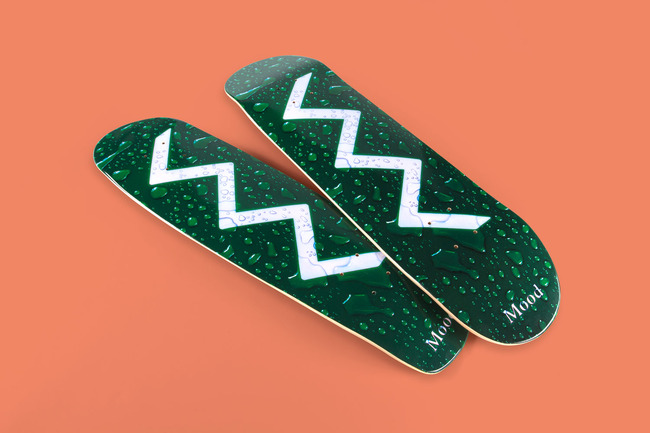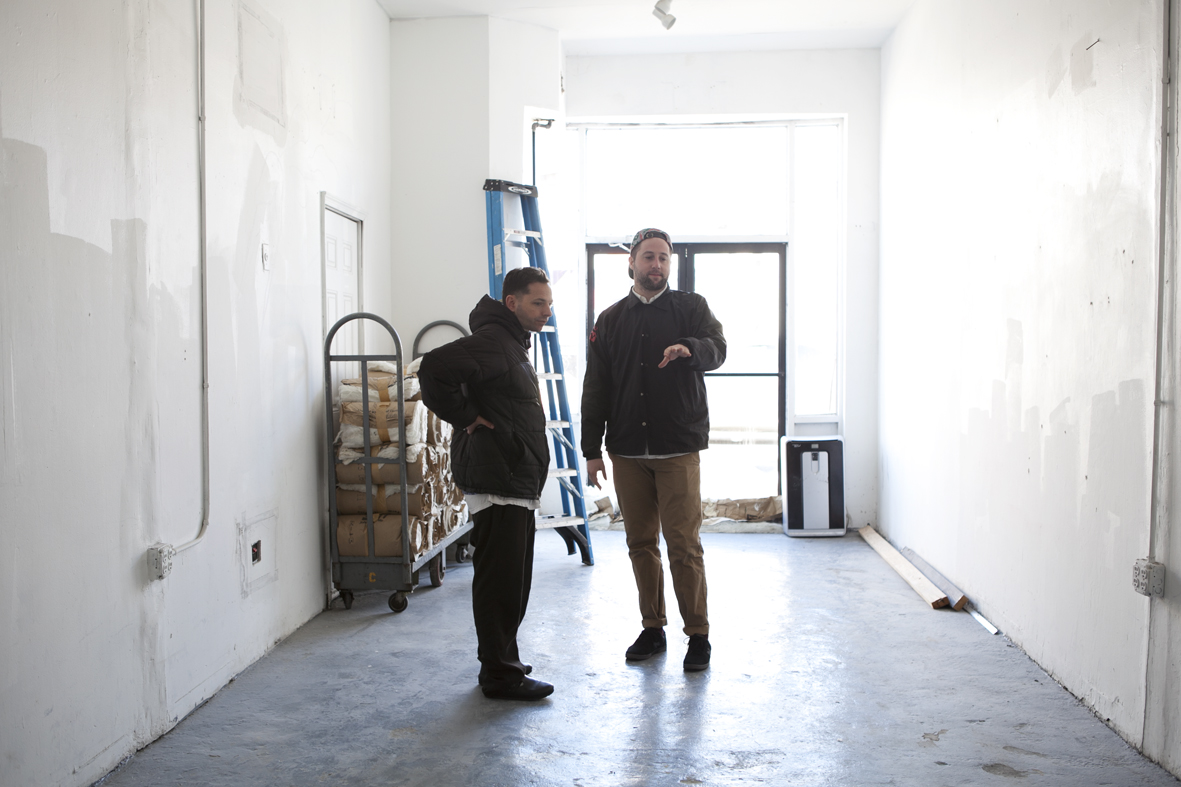

You can barely do a kickflip these days without crashing into a new skateboard start-up. Mood NYC however, separate themselves from the pack with wildly unexpected collaborations and a strict DIY ethic
Grandison Taber is blunt when it comes to certain trends in the skateboarding industry. “The problem with most collaborations is that there’s nothing special about them,” he says. “They’re just marketed that way.” Taber, co-founder of New York skate brand Mood, and his business partner, Calvin Waterman, are approaching things in a very different way – one that targets the right audiences. “We see collaborations as a way to bring outside people into the conversation,” explains Calvin. “We founded Mood as a reaction to the industry.”
Mood was born from a shared love of both design and skating – Grandison’s first Mood design was a hijacked sketch Calvin made on a napkin and left in the former’s skate shop. Artistic collaboration is in the brand’s DNA. The pair founded Mood in April 2012, approaching skateboarding as more than just a pastime or business opportunity – as a creative medium, a platform for new ideas and an excuse to extend their design conversations beyond the confines of that industry.

Collaborations between artists and brands are nothing new. But they have exploded in our current era of internet-promoted fashion. It’s almost formulaic: squeeze as many notable names into the A x B x C collaborative equation as you can and your product is bound to cross-pollinate into new tribal territories, receive greater numbers of blog hits and attain loftier levels of hype. It’s too bad that many of these collaborations come without the weight of reason to back them up; all too often they’re done just for the sake of doing, while others arrive without cause at all. Mood’s take on collaboration is different.
“We have an emotional connection to our artists,” says Taber. “As curatorial art directors, we handpick them. It’s about making the culture more cerebral for people who engage with it.” In turn, Taber and Waterman manage to create a strong dialogue between designers and skaters. “We want to connect with the people we’re working with, as well as the people who are engaging with them,” says Waterman.

The problem with most collaborations is that there's nothing special about them

The pair are quick to note that, all too often in the industry, the same artists are recycled by brands looking to cash in on the hype created by a previous venture, and Mood is steering clear of this kind of reactive marketing. “Hype almost certainly outweighs authenticity these days,” says Taber. “The problem is that most people don’t have the courage to step out of the whole ‘this is going to be trending, so let’s do this’ mindstate.”
Mood has, to date, only worked with creatives who strike a personal chord; those who can offer something completely different from the norm, with work that acts as a portal into both the design and skate worlds. This curatorial approach has so far delivered projects with the likes of New York-based Thai artist Korakrit Arunanondchai, who treated Mood’s decks as a physical extension of his performance-infused series MUEN KUEY (It’s Always the Same), and Greek independent publishing house OMMU, which recruited Brooklyn artist Bill Saylor to design a deck inspired by a surfboard he owned as a child. Other collaborators include London designer Marc Kremers, New York zine publisher Blood of the Young and internet oddity Brown Cardigan. Each product created is an introduction of that collaborator’s practice to the skate world, co-signed by Mood.
With plans to explore a more editorially led approach in the near future, as well as its own dedicated studio and showroom space in Brooklyn, Mood is certainly taking on the industry on its own terms. As the brand gains momentum, more collaborators are getting on board, sensing an opportunity to expose their own work to an authentic, design-savvy audience – albeit one which is different from their own. Much like the Dadaists, all parties involved seem to agree that the value of art lies not only in the work produced, but in the act of collaborating with others to create something new and unexpected. For Mood, it’s all about discovery.



Discussion